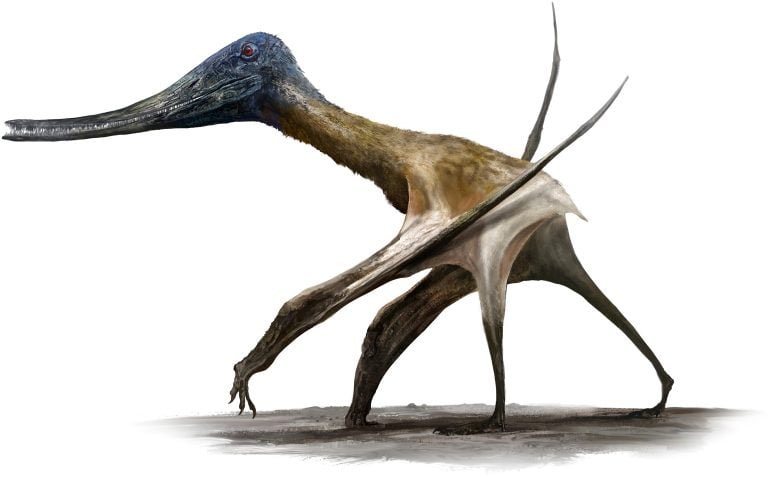Scientists at the University of Leicester have made a groundbreaking discovery, revealing that efficient ground mobility enabled ancient pterosaurs to evolve into giants. This terrestrial adaptation allowed them to transition from tree-dwelling to ground-based lifestyles and adopt unique feeding strategies.
From Tree-Climbers to Ground-Dwellers
Researchers analyzed pterosaur hands and feet from around the world, uncovering a surprising level of variation similar to that seen in living birds. This diversity indicates that pterosaurs were not confined to the skies but adapted to various terrestrial lifestyles.
Key Findings:
- Efficient ground mobility allowed pterosaurs to grow to enormous sizes.
- Early pterosaurs were specialized for climbing, with modifications similar to those found in climbing lizards and birds.
- Later pterosaurs evolved ground-based lifestyles, leading to diverse feeding strategies.
- Freedom from size constraints imposed by vertical living enabled some pterosaurs to reach giant sizes.
Expert Insights:
“Early pterosaurs were highly specialized for climbing… Clinging to vertical surfaces is hard work, especially for large animals.” – Robert Smyth
“The shift to ground-based movement opened up new ecological opportunities, leading to a wide variety of feeding strategies.” – Dr. David Unwin
Reference:
[Study title] by Robert Smyth et al., Current Biology.
Share Your Thoughts:
How do you think this discovery changes our understanding of pterosaurs and their evolution? Share your thoughts in the comments!
Recommended Reading:
- The Evolution of Pterosaurs: A Review
- Pterosaur Diversity: Uncovering the Secrets of the Ancient Skies
- Terrestrial Adaptations in Ancient Animals
Stay Tuned:
Follow our blog for more updates on groundbreaking research and discoveries in paleontology, biology, and earth sciences!

















